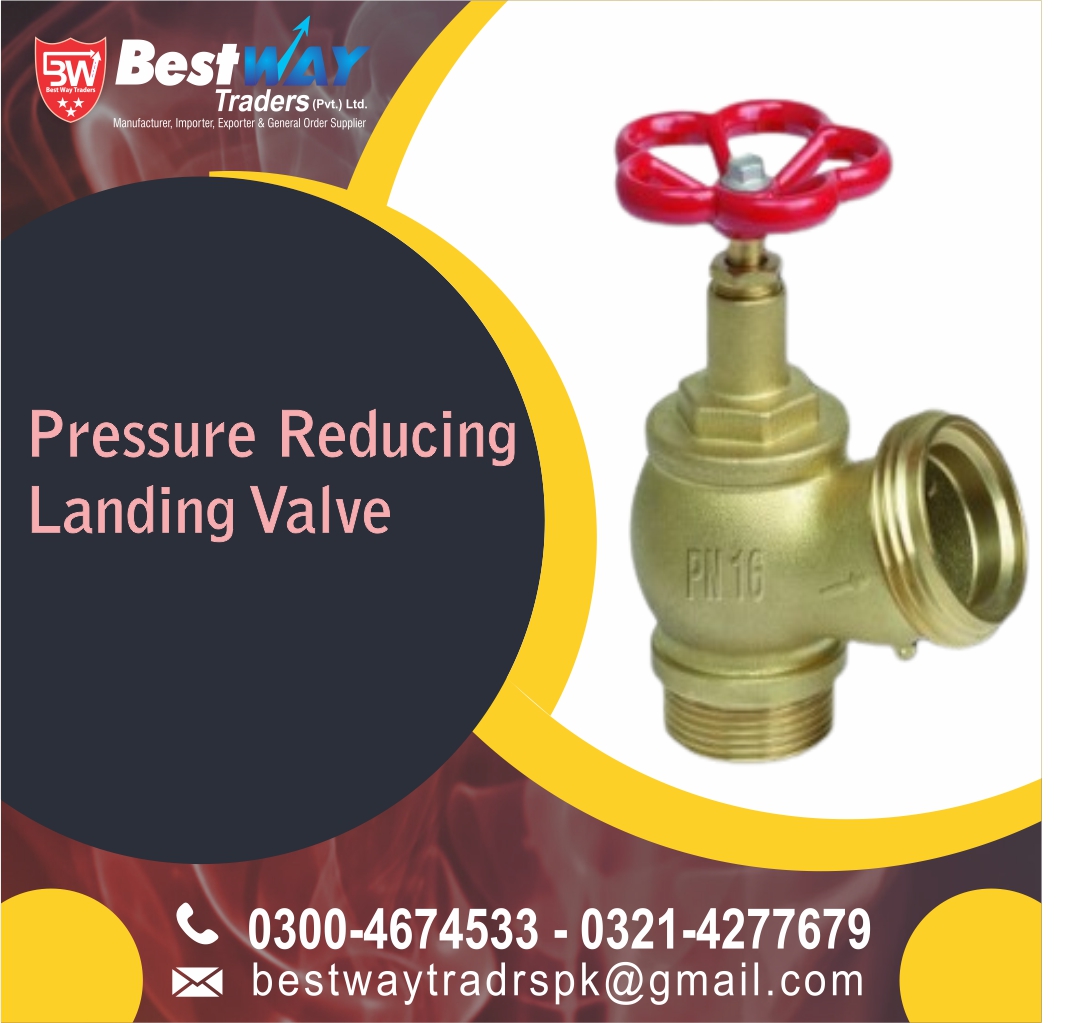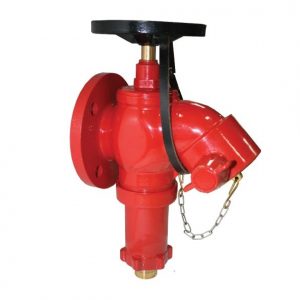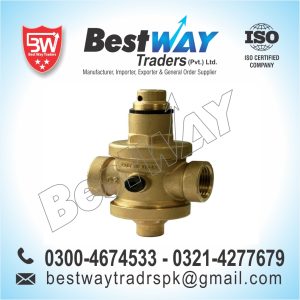Description
Gate Valves
or ball valves are two typical valves used in the manifolds. Gate valves have a long history of use in subsea blowout preventer (BOP) stacks, trees, and manifolds and are considered relatively reliable devices because both the valve and the valve actuators have been through extensive development with proven field use and design improvements. Figure 19-6 illustrates two types of subsea gate valves. Figure 19-6A shows a WOM(Worldwide Oilfield Machine, Inc.) subsea gate valve with actuator, compensator, and ROV bucket. The hydraulic actuator is designed with a fail-safe model and spring returns with the ROV. The mechanical ROV is for backup. Figure 19-6B shows a WOM subsea gate valve with only an ROV bucket. Both valves are designed, built, and tested based on API 6A [6] and 17D [7], which can be used up to a water depth of 13,000 ft (4000 m).
Gate Valves
Gate valves are used when a straight-line flow of fluid and minimum flow restriction are needed. Gate valves use a sliding plate within the valve body to stop, limit, or permit full flow of fluids through the valve. The gate is usually wedge-shaped. When the valve is wide open, the gate is fully drawn into the valve bonnet. This leaves the flow passage through the valve fully open with no flow restrictions. Therefore, there is little or no pressure drop or flow restriction through the valve.
Gate valves are not suitable for throttling volume. The control of flow is difficult because of the valve’s design and the flow of fluid slapping against a partially open gate can cause extensive damage to the valve. Except as specifically authorized by the manufacturer, gate valves should not be used for throttling.
Gate valves are classified as either rising-ste






Reviews
There are no reviews yet.